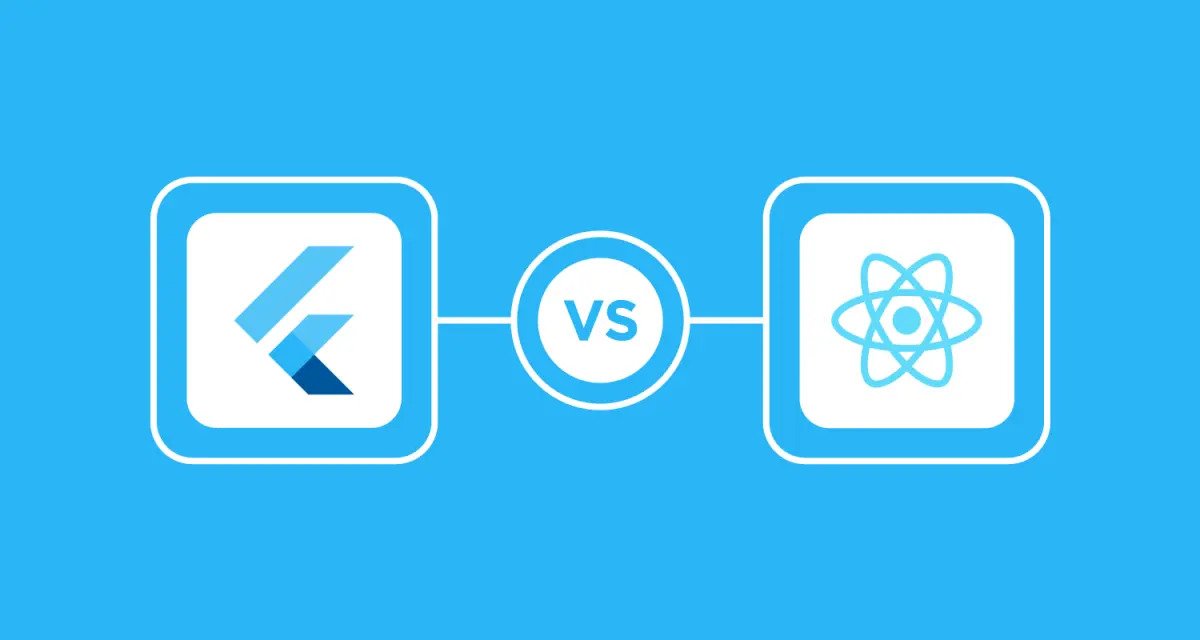
Flutter to become Native in the near future?
This is the era of mobile and businesses operate on mobiles. Mobile Applications and mobile application developers have high demand in the market and the need for better performance of mobile applications is always growing. To ease the life of a mobile developer new frameworks are introduced in the market frequently. Initially there were only native development for building mobile applications which means different codebase for Android using JAVA and Objective-C for iOS. But as the game goes on Hybrid Apps were introduced which have a single code base for both Android and iOS. Cross-platform frameworks overcomes the issue of different codebase but still it lacks the performance as compared to native frameworks. Most hybrid frameworks are forgotten such as Cordova, PhoneGap, Xamarin and others as native development is still considered the best choice for developers when it comes to performance.
With the arrival of React Native and Flutter a single codebase is used for different OS and getting performance almost like native apps. With an active community support and years of development React Naïve leads the market share in Mobile Application Development. But a newer Framework “Flutter” tends to overtake the Market as it is developing a much appealing cross-Platform Application. So let us deep dive into Flutter to know the future of flutter and how it will transform to fulfil the market demands.
Native has a new name: Flutter
Flutter is an ambitious framework by Google as Google recently introduced Dart and its SDK. Google is looking forward to developing its own platform FuchsiaOS where Dart will rule as the native language for application development. Google aims to lead the desktop operating landscape by introducing FuchsiaOS and if this happens then Dart will also become the leader in native application development market and it may be the end of the JavaScript ecosystem.
Before we move on to highly technical features of flutter, first let us get to know the Flutter framework and its applications.
What is Flutter?
Flutter is a framework, used to develop mobile applications, released by Google in 2017 that serves the application developers in building cross-platform native-like applications with one codebase and single language for coding.
Flutter consists of two components: Software Development Toolkit & framework.
A SDK is an installable package that contains a collection of tools for software development and a framework is the combination of UI elements that can be reused and customized according to the developer’s requirement. You can create your own native looking widgets as Flutter have the luxury of having its own rendering engine.
Flutter … How?
Flutter came into existence to fulfill the need of native user experience with one codebase. Ionic and Apache Cordova, PhoneGap and Xamarin are few names that made great efforts to ease the life of developers by creating cross-platform applications. But native user experience is lacking in all frameworks.
This fallback was the key to flutter arrival and came up with its own rendering engine and new layout structures. Flutters leverages the developers to build amazing and user-friendly applications.
Flutter: The new Boss!
Flutter is convenient and fast, having high compatibility with cross-platform that will make your app look like native on any device. Flutters layout structure is quite similar to the native approaches for UI development. Flutter has an extraordinary performance as compared to the other cross-platform technologies as flutter compiles to machine code which runs faster and produces a native-like experience whereas other cross-platform frameworks use a bridge to work with native modules.
Flutter can assist you in cost cutting as by using flutter development time can be reduced which end up in saving your budget.
Flutters render application in four steps:
- First step determines the size and structure of each project.
- In the second step each widget gets attached to a canvas.
- In the third step the whole application is assembled and sent to the GPU.
- The application view is composed and displayed using pixels.
